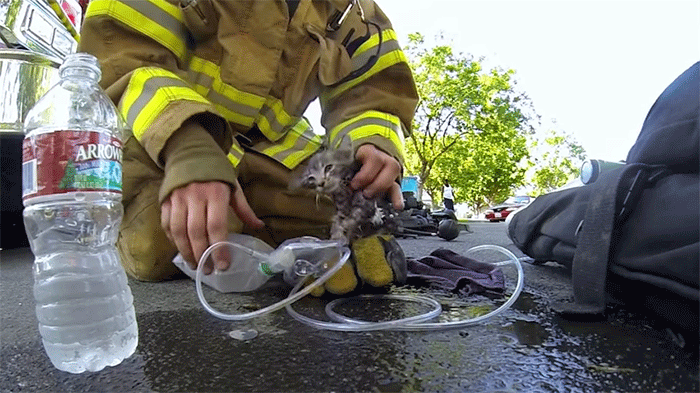Timing is key if marketers want consumers to share their video content

LAWRENCE — Spend any time online or browsing social media, and you’re likely to come across branded video content. Advertisers and marketers want people to not only see their content but to enjoy it so much that they share it with their friends. A new study from the University of Kansas has found that the prominence of the brand and the advertisers' decision to disclose whether the content is branded can heavily influence how people view and share the video.
Branded video content is highly popular among advertisers. Technology has allowed marketers to reach consumers in new ways, but it has also allowed consumers to insulate themselves from promotional content. Hyejin Bang, assistant professor of journalism at KU, wrote a study in which participants viewed examples of branded content and measured how closely they paid attention, whether they realized it was advertising and whether they would share it. The effect of brand prominence depended on when the branded nature of the content was disclosed. When it was prior to the video, prominent placement generated greater persuasion knowledge compared with subtle placement, which resulted in less sharing intention and avoidance in visual attention.
The study is forthcoming in the Journal of Interactive Marketing and was co-authored by Dongwon Choi, Bart Wojdynski and Yen-I Lee of the University of Georgia and Kate Keib of Oglethorpe University.
Bang, who researches digital advertising, marketing, consumer engagement and how individual traits moderate media effects, said the study provides both information for how marketers can better reach potential audiences and how consumers can protect themselves. Native advertising, or branded content made to look like it was produced by individuals, can be deceiving. Federal Trade Commission guidelines state branded content must be labeled as such.
“When people are exposed to native advertising such as branded content, they can be influenced without even knowing they are viewing advertising,” Bang said.
There are no laws on when branded content must be labeled, or how heavily the brand can be featured. The research project measured branded content’s effects by having participants view content for Red Bull energy drinks in four different ways. Disclosure was made at the beginning of the video, but the brand’s placement during a YouTube video of extreme sports set to music was either prominent or subtle. Disclosure was also provided at the end, and placement was either prominent or subtle.
Researchers used eye-tracking software to gauge if viewers were paying attention to the videos and questioned them after viewing if they would share such content.
“When disclosure is given at the beginning, it activates consumers’ defensive mechanism against the marketing content, thus they try to intentionally avoid such content,” Bang said. “As a result, it could also reduce their intention to share. However, if it was disclosed subtly, and there was not much brand placement in the video, the activation of defense mechanism is kind of faded out, thus people are more likely to share.”
When measured alone, if disclosure was at the beginning or end, it made little difference in viewers’ intention to share. But if disclosure was made at the beginning and brand placement was prominent, they were much less likely to share. The same was true for heavy brand placement videos with disclosure at the end. Videos in which brand placement was subtle had the highest rate of attention and were more likely to be shared, the viewers reported.
“In cases of the subtle brand placement, the timing of disclosure did not make differences in terms of visual attention,” Bang said. “However, in case of highly prominent brand placement, the post-disclosure attracted way more visual attention compared to the pre-disclosure.”
The study also measured participants’ persuasion knowledge. The factor, or accumulated knowledge about marketing and awareness that content was advertising, correlates highly with viewers’ intentions to share branded content. The findings, along with sharing intentions, provide scientific evidence as to which types of disclosure and branded content can be most effective.
“The reason we chose sharing intention as our main variable is because the goal of this type of video is to make it go viral,” Bang said. “That’s why we wanted to know more about how other variables such as disclosure timing and brand placement affect sharing intention.”
But the findings can also be valuable for consumers, providing information about what type of branded content viewers are not as likely to discern as advertising. In future research, Bang plans to measure viewers’ physiological reactions to branded content and what effects they may have on favorability toward the content. In the meantime, marketers will continue to produce videos touting their brands with different levels of disclosure and brand prominence in hopes of scoring the next viral hit.
Image: A fireman rescues a kitten from a burning house in a still image from a YouTube video by camera company GoPro. The video is a successful example of a branded content marketing piece in which the marketer disclosed the marketing nature early and was subtle in its company placement. It has more than 38 million views. Credit: GoPro, YouTube.